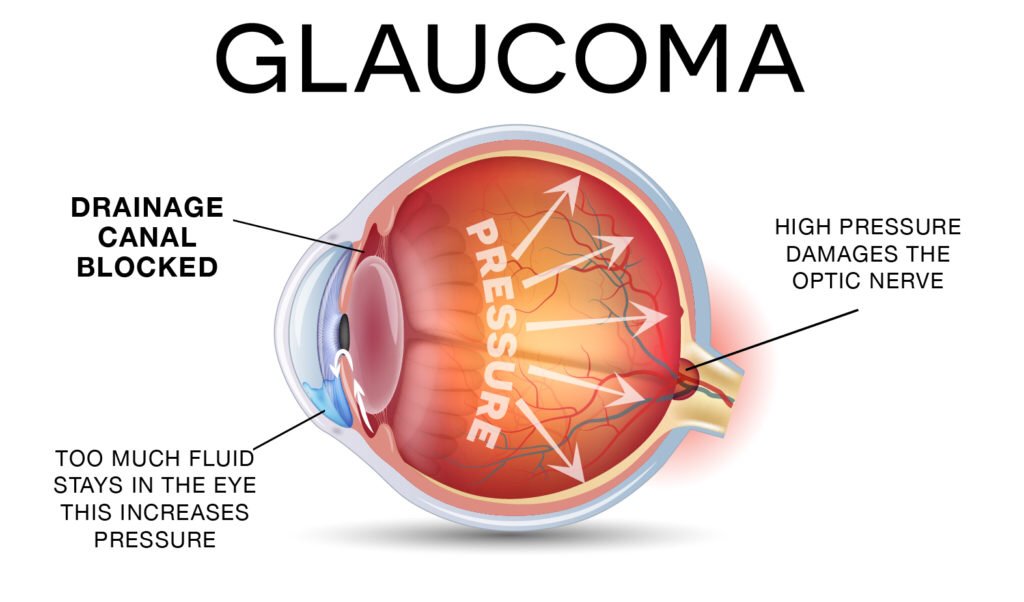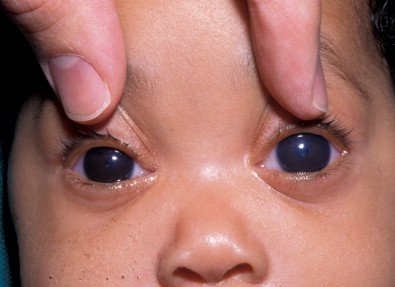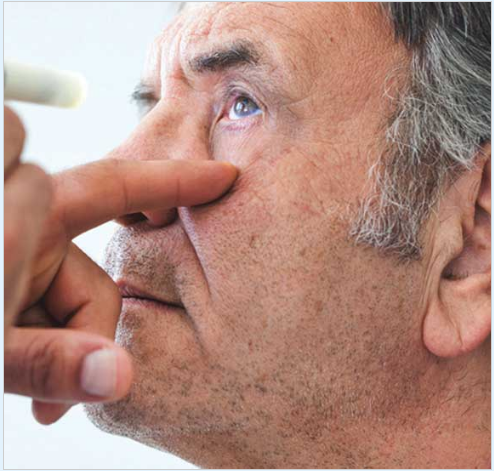Glaucoma Treatment
Glaucoma

What Is Glaucoma?
 WHAT ARE THE SYMPTOMS OF GLAUCOMA ?
WHAT ARE THE SYMPTOMS OF GLAUCOMA ?
 Severe eye pain
Severe eye pain  Nausea
Nausea  Vomiting
Vomiting  Redness in your eye
Redness in your eye  Sudden vision disturbances
Sudden vision disturbances  Seeing colored rings around lights
Seeing colored rings around lights  Sudden blurred vision
Sudden blurred vision  WHAT CAUSES GLAUCOMA ?
WHAT CAUSES GLAUCOMA ?

What causes the pressure in your eye to increase isn’t always known. However, doctors believe one or more of these factors may play a role:

DILATING EYE DROPS
BLOCKED OR RESTRICTED DRAINAGE IN YOUR EYE

MEDICATIONS EX : CORTICOSTEROIDS

POOR BLOOD FLOW TO YOUR OPTIC NERVE

HIGH OR ELEVATED BLOOD PRESSURE
 WHAT ARE THE TYPES OF GLAUCOMA ?
WHAT ARE THE TYPES OF GLAUCOMA ?
Five major types of glaucoma exist. These are :

Congenital Glaucoma

Secondary Glaucoma

Normal Tension Glaucoma

Open-Angle (Chronic) Glaucoma

Angle-Closure (Acute) Glaucoma
 WHO IS AT RISK OF GLAUCOMA ?
WHO IS AT RISK OF GLAUCOMA ?
Glaucoma is the second leading cause of blindness around the world. The risk factors for glaucoma include :

AGE

MEDICAL HISTORY

USE OF CERTAIN MEDICINE

EYE PROBLEMS

ETHNICITY

FAMILY HISTORY
 HOW IS GLAUCOMA DIAGNOSED ?
HOW IS GLAUCOMA DIAGNOSED ?
Five major types of glaucoma exist. These are :

Detailed Medical History




 How Is Glaucoma Treated?
How Is Glaucoma Treated?  Will a Person with Glaucoma Go Blind?
Will a Person with Glaucoma Go Blind? If your increased IOP can be stopped and the pressure returned to normal, vision loss can be slowed or even stopped. However, because there’s no cure for glaucoma, you’ll likely need treatment for the rest of your life to regulate your IOP. Unfortunately, vision lost as a result of glaucoma cannot be restored.
 Can Glaucoma Be Prevented ?
Can Glaucoma Be Prevented ? Glaucoma can’t be prevented, but it’s still important to catch it early so you can begin treatment that will help prevent it from getting worse. The best way to catch any type of glaucoma early is to have an annual preventive eye care appointment. Make an appointment with an ophthalmologist. Simple tests performed during these routine eye checks may be able to detect damage from glaucoma before it advances and begins causing vision loss.
